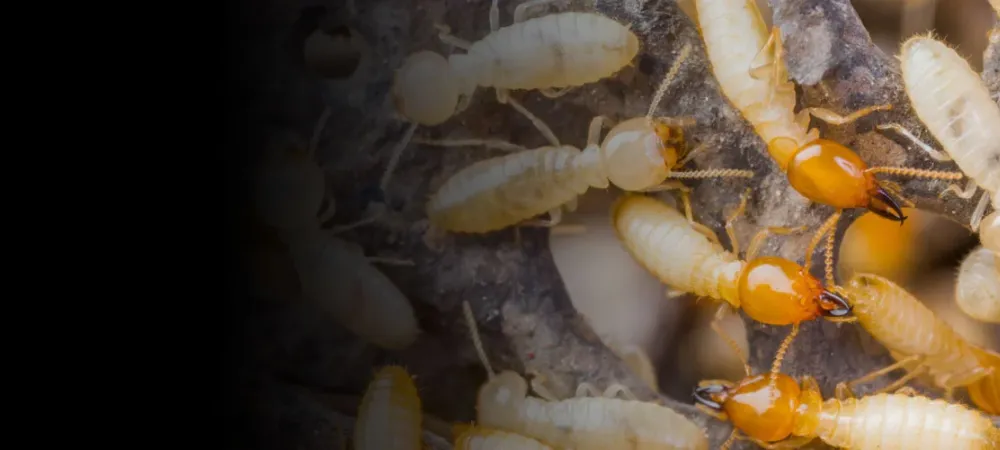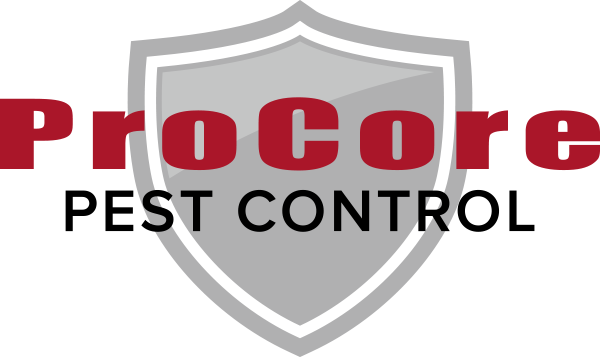What You Need To Know About South Carolina Termites

The warm South Carolina temperature is the perfect climate for residents, tourists, and, unfortunately, termites. Homes and businesses are in danger to this destructive pest because they are not easily seen and cause severe damage to your property.
These social insects create colonies where they feed on the building or structure’s wood, breed where they live, and find another location in a nearby area once hitting maturity.
Your homeowners’ insurance policy may not cover termite damage. Therefore, you must stop the infestation before it spreads throughout your home or business. Termites cause over $5 billion per year in property damage in the United States.
Often the damage goes unnoticed at first because termites work on a structure’s interior where there’s little light. Using a flashlight and looking around the dark areas of your basement and attic will unveil their work. That blistered wood may not be a sign of age, but termites are feasting and nesting in your home. A pest management expert inspects your entire property from top to bottom, then makes a plan with you to remove them from the property.
Types of Termites Common to South Carolina
Once a year, once the juvenile termites mature, they will grow wings and become swarmers (alates). Then they leave the established colony to form a new colony. It’s essential to stop a colony before they have an opportunity to flourish to colonize another area of your residential or commercial property.
Termites thrive in a warm, humid South Carolina climate. The two common termites in the area are the subterranean termites and drywood termites.
Very similar in appearance to flying ants, the subterranean termite swarmers are the reproductive class of termites. The worker termites rarely leave, and soldiers protect the colony. Swarmers are larger and appear dark brown to black in color. You will likely see them fly in a group (swarm) to look for another location to colonize in the early spring.
Drywood termites find their way into the wood inside your building without contacting the soil, unlike the subterranean termite. This type receives the water they need to live from the air. You may not notice them in that wood beam or the vintage furniture you brought into your building.
While you don’t have to worry about termites hurting humans and pets, if left untreated, a colony can spread, cause damage, and weaken the wooden parts of your homes like walls, floors, and baseboards.
Identifying a Potential Termite Problem
One of the apparent clues includes damaged wood, but termites leave other signs behind. Drywood termites eat both across and along the grain of the wood, making clean and smooth grooves. The subterranean termites’ saw-toothed jaws shear wood and bite small wood fragments leaving dust-like particles. Also, look for discarded swarmer wings and tiny fecal matter.
Subterranean termites create mud tubes which are long tunnels made from soil and digested wood. Mud tubes help them travel through a structure while allowing them access to moist soil. Look on concrete foundations, cracks in walls, flooring, or other exposed surfaces.
Tips to Make Termites Unwelcomed
Make your property inhospitable to termites. Remove infected objects like untreated lumber, unchecked wood furniture, and even trim or doors. Do it before the colony spreads to another location, and then call a professional to inspect your property. They will let you know what type of termite treatment is needed. Ignoring the problem won’t go away as termites continually feed, grow, and find new areas to colonize.
Don’t let termites overtake your home. ProCore Pest Control tackles the most challenging termite issues in cities all over South Carolina. Check out our Greenville termite control, and see where else we service!
